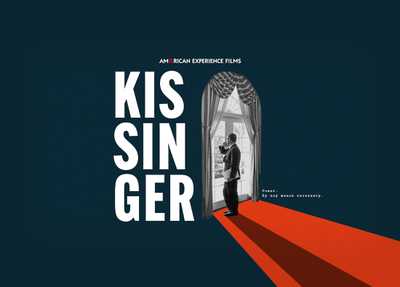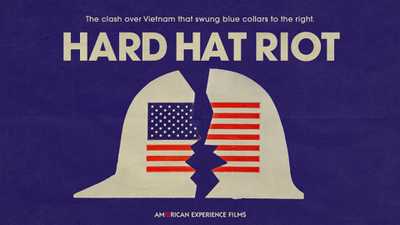This Flag Helped End Lynching in the U.S.
How a banner on the streets of Manhattan became part of the battle against white supremacy

Can one flag really change public opinion? It all depends on the strength of the message.
From 1920 to 1938, the NAACP flew a banner outside its New York City office with the words, “A Man Was Lynched Yesterday.” The words would have been jarring to passersby, but that was the point. It was a provocative graphic statement—something to stop the busy onlookers of Fifth Avenue in their tracks. The stark symbol meant to force the viewer into confronting the reality of the racial violence happening in America.
And it was a truly horrific reality. According to records maintained by the NAACP, 4,743 lynchings occurred in the United States from 1882 to 1968. The Equal Justice Initiative’s investigation on terror lynchings documented 4,084 between 1877 and 1950. These barbaric public killings were used to terrorize Black citizens, especially in the south, into complying with Jim Crow segregation. Many historians believe that these numbers are underreported, and that it’s impossible to know the exact number of people murdered. But the lynching era left thousands dead, and fueled a massive emigration of Black refugees out of the South—an estimated displacement of six million African Americans—an exodus now known as the Great Migration.

When the NAACP was founded in the wake of a race massacre in Illinois in 1908, it quickly moved to make ending lynching a primary goal. The organization lobbied elected officials to pass anti-lynching legislation. In addition to these behind-the-scenes maneuvers, though, the NAACP’s leadership realized that its most impactful form of activism involved the media. Walter White, the organization’s assistant secretary, undertook the harrowing work of reporting on lynching incidents in the deep south. White, whose light skin and hair allowed him to pass undercover among white society, was able to interview the perpetrators of these brutal murders, which he then wrote about in unflinching detail for the NAACP’s monthly magazine, The Crisis. White’s accounts were picked up by other publications across the country. And in 1920, the NAACP’s public-facing campaign extended to the six-by-ten-foot banner outside its New York city headquarters, at 70 Fifth Avenue; the lynching flag itself garnered media coverage.
Combined, all of the elements of the organization’s anti-lynching campaign began to turn the tide of public opinion. Lynching rates finally declined in the 1930s, which White, by then NAACP Executive Secretary, attributed to anti-lynching activism and shifts in public opinion, and the Great Migration. Unfortunately, the sway in public opinion was not enough to stamp out white supremacist violence completely. Despite the NAACP’s efforts, anti-lynching legislation was repeatedly defeated in Congress. Lynching only became a federal hate crime in 2022, when the Emmet Till Antilynching Act was signed into law.
As for the flag, it flew every time there was a lynching until 1938, when the NAACP’s landlord threatened eviction unless the organization abandoned the practice. “We put the flag up outside the window of the office,” NAACP executive Roy Wilkins later said of the idea, “alongside the American flags that flew so cheerfully up and down Fifth Avenue. The owner of our building became so alarmed over the banner that he threatened to cancel our lease. We had to stop flying it,” Wilkins remembered, “but we had made our point.”








